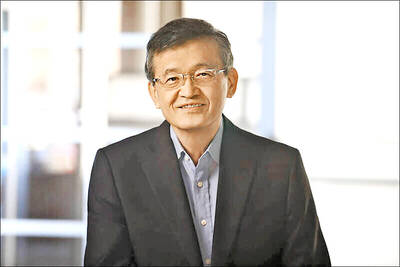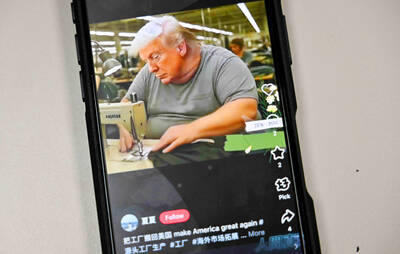Hopes that Europe’s crucial manufacturing sector might be poised to recover were dampened yesterday when official figures showed industrial production unexpectedly fell in June.
Figures from the EU’s statistics office Eurostat showed that industrial production in the 16 countries that use the euro dropped 0.6 percent in June from the previous month. That fell short of expectations for a modest 0.3 percent rise. June’s decline offset an equivalent increase recorded in May.
That means that euro zone industrial output fell by 3 percent in the second quarter of this year from the previous three month period.
Though sizable, the drop was much less than the 7.5 percent drop recorded in the first quarter when the global recession appears to have been at its most severe.
The industrial production figures are an important component in the compilation of overall economic output figures for the euro zone, and the surprise drop may stoke concerns that today’s first estimate for the scale of the contraction in second-quarter GDP will be greater than anticipated.
At present, the markets are expecting a 0.5 percent quarterly decline in euro zone output during the April-June quarter, a marked improvement on the record 2.5 percent slump recorded in the first three months of the year.
The industrial sector is particularly important to the euro zone economy — the main reason behind the 2.5 percent economic contraction in the first quarter was a collapse in demand for high-value manufacturing exports, such as cars and heavy machinery, from places like Germany.
Ben May, European economist at Capital Economics, is predicting that euro zone GDP fell by 0.7 percent in the second quarter, with the industrial improvement lopping off around one percentage point from the first quarter’s drop.
In the second half of the year, he said he expects the industrial sector to be even less of a drag on the euro zone economy but cautioned that things could change as much depends on how depleted company stock levels are.
“With the inventory unwind potentially having further to run and firms still reporting that order books are shrinking, the sector may still be some way from embarking on a sustained recovery,” May said.
June’s disappointing figures come less than a week after European Central Bank president Jean-Claude Trichet sounded a more optimistic tone when he said there were signs the global economy was bottoming out and that the euro zone economy was set to start growing again next year.

Intel Corp chief executive officer Lip-Bu Tan (陳立武) is expected to meet with Taiwanese suppliers next month in conjunction with the opening of the Computex Taipei trade show, supply chain sources said on Monday. The visit, the first for Tan to Taiwan since assuming his new post last month, would be aimed at enhancing Intel’s ties with suppliers in Taiwan as he attempts to help turn around the struggling US chipmaker, the sources said. Tan is to hold a banquet to celebrate Intel’s 40-year presence in Taiwan before Computex opens on May 20 and invite dozens of Taiwanese suppliers to exchange views

Application-specific integrated circuit designer Faraday Technology Corp (智原) yesterday said that although revenue this quarter would decline 30 percent from last quarter, it retained its full-year forecast of revenue growth of 100 percent. The company attributed the quarterly drop to a slowdown in customers’ production of chips using Faraday’s advanced packaging technology. The company is still confident about its revenue growth this year, given its strong “design-win” — or the projects it won to help customers design their chips, Faraday president Steve Wang (王國雍) told an online earnings conference. “The design-win this year is better than we expected. We believe we will win

Chizuko Kimura has become the first female sushi chef in the world to win a Michelin star, fulfilling a promise she made to her dying husband to continue his legacy. The 54-year-old Japanese chef regained the Michelin star her late husband, Shunei Kimura, won three years ago for their Sushi Shunei restaurant in Paris. For Shunei Kimura, the star was a dream come true. However, the joy was short-lived. He died from cancer just three months later in June 2022. He was 65. The following year, the restaurant in the heart of Montmartre lost its star rating. Chizuko Kimura insisted that the new star is still down

While China’s leaders use their economic and political might to fight US President Donald Trump’s trade war “to the end,” its army of social media soldiers are embarking on a more humorous campaign online. Trump’s tariff blitz has seen Washington and Beijing impose eye-watering duties on imports from the other, fanning a standoff between the economic superpowers that has sparked global recession fears and sent markets into a tailspin. Trump says his policy is a response to years of being “ripped off” by other countries and aims to bring manufacturing to the US, forcing companies to employ US workers. However, China’s online warriors